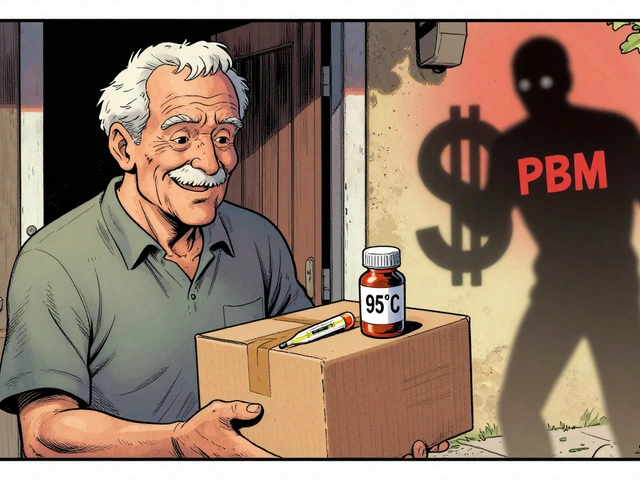Eye Cancer Surgery: A Simple Guide for Patients and Families
Finding out you have eye cancer is scary. One of the biggest questions you’ll face is whether surgery is the right move. This guide breaks down the basics of eye cancer surgery so you can understand what to expect, why doctors choose certain procedures, and how you can prepare for the road ahead.
Types of Eye Cancer Surgery
There are a few main ways doctors remove eye tumors. The choice depends on the tumor’s size, location and how fast it is growing.
Enucleation – This is the removal of the whole eye. It is used when the tumor has taken over most of the eye or when saving vision isn’t possible. After the eye is taken out, a prosthetic (fake) eye is placed to keep the face looking normal.
Exenteration – This is a more extensive surgery that removes the eye plus surrounding tissue such as eye muscles and eyelids. It is rare and only done when the cancer has spread beyond the eye itself.
Local excision (cryotherapy or laser) – For smaller tumors, doctors may freeze the tumor (cryotherapy) or use a laser to destroy it. These methods keep most of the eye and vision intact.
Radiation‑assisted surgery – Sometimes a low dose of radiation is given before or after surgery to shrink the tumor or kill any leftover cells. This can be combined with the other methods above.
Each type has its own set of pros and cons. Your surgeon will talk about why they recommend one over another based on the scan results, your overall health and your personal goals for vision.
Recovery and After‑care
Recovery looks different depending on the surgery you have. Below are some common steps you’ll see after any eye cancer operation.
Hospital stay – Enucleation and exenteration usually need a short hospital stay (1‑3 days). Local procedures can often be done the same day as a visit.
Pain management – Doctors give you medicine to keep pain low. Taking the pills as directed helps you move around faster and avoid complications.
Wound care – Keep the incision clean and dry. Your doctor will show you how to clean it and when to change any dressings.
Follow‑up appointments – Expect at least three visits in the first month. These check that the wound is healing, that there are no signs of cancer returning, and that any prosthetic eye fits correctly.
Vision and daily activities – If you keep part of the eye, you may notice blurry vision or light sensitivity for a few weeks. Use sunglasses and avoid bright lights until your eye settles.
Emotional support – Losing an eye or dealing with a cancer diagnosis can feel overwhelming. Talking to a counselor, joining a support group, or simply sharing feelings with friends can make a big difference.
Everyone’s recovery timeline is unique, but most people start feeling better within a couple of weeks. Listening to your doctor’s advice, staying on top of medication and appointments, and giving yourself time to heal are the best ways to get back to normal life.
Eye cancer surgery sounds intimidating, but knowing the options and what comes after can take a lot of the fear out of the process. If you have questions, write them down and bring them to your next appointment – the more you understand, the easier it is to make the right choices for your health.


